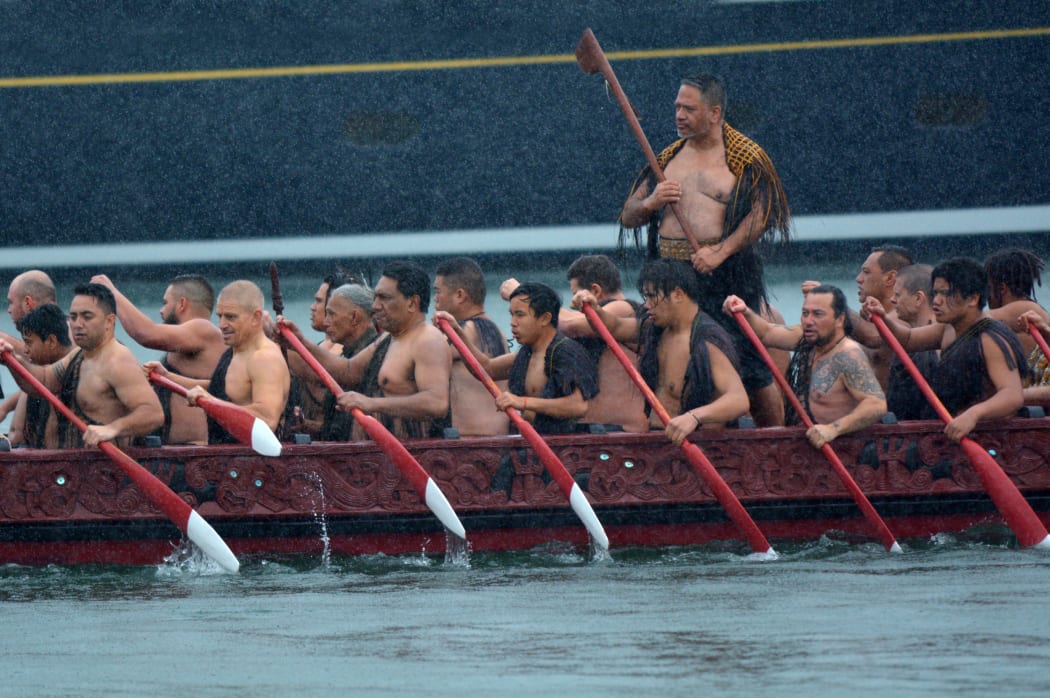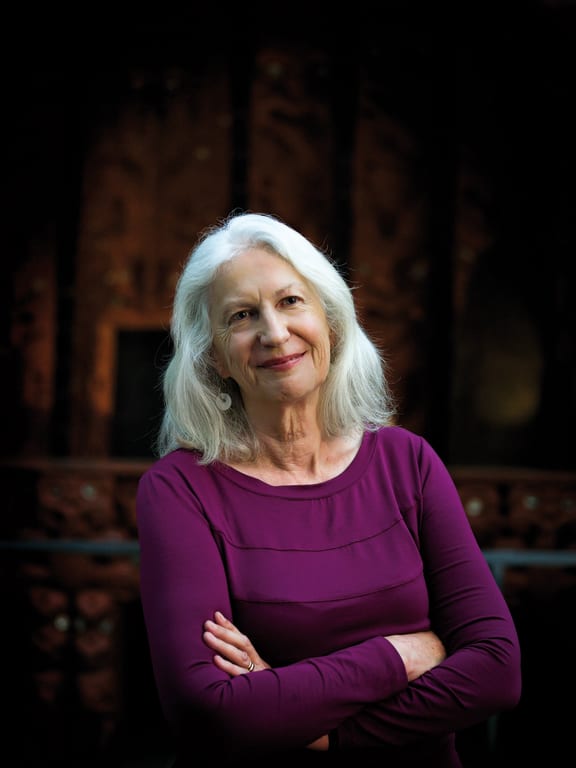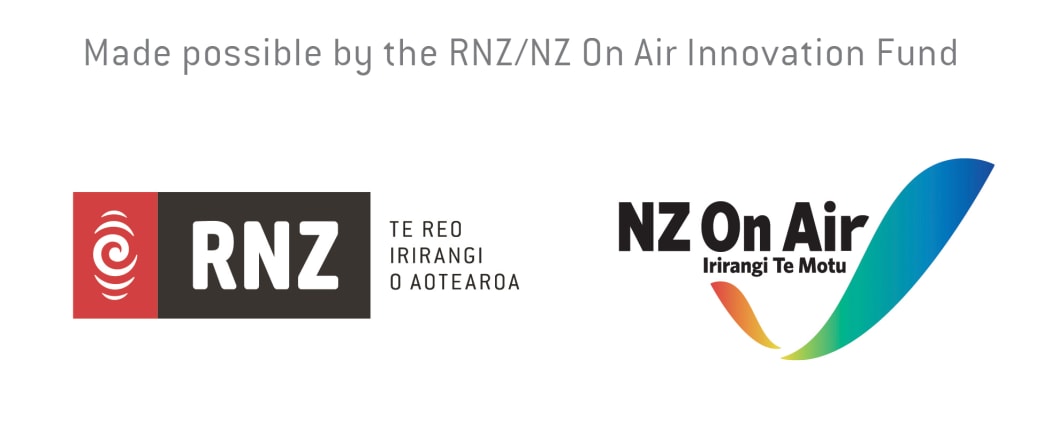Fifty years ago a 21-gun salute marked the 200th anniversary of Captain James Cook's landing at Tūranganui-a-Kiwa / Poverty Bay in 1769.

Photo: 123rf
Thousands of people attended a very British-style ceremony in Gisborne, with naval ships from around the world and a parade down the town's main street featuring a giant blown-up head of Captain Cook.
There was no mention of the deaths of more than a dozen Māori in the first two days of that encounter, including two chiefs.
This year, the events marking 250 years are completely different with the focus on the feats of voyaging and navigation that have shaped the nation, called Tuia - Encounters 250.
The commemoration was given the name Tuia by kaumātua Wirangi Pera, according to the official website. It means to weave or bind, and is drawn from a proverb (whakataukī) and karakia (ritual chant) that refers to the bonds established between people when they work together.
In October, a flotilla of waka and ships will land at Tūranganui-a-Kiwa, marking the first onshore encounter between Europeans and Māori.
Supporters say it will be a time to tell the full story - the stories from the ship and from shore. But critics say the $23 million of government and lottery funding of Tuia 250 to mark such a divisive moment is wrong, and a slap in the face for Māori.

Dame Anne Salmond, 2011 Photo: Jane Ussher
Anthropologist Dame Anne Salmond, who has written several books about Māori life, early exchanges between Pacific Islanders and European explorers and about Cook himself, says there is a lot of hurt and anger because the full history, including the shootings wasn't acknowledged in 1969.
She has been part of the Te Hā Trust in Gisborne working on the project and is a member of the Tuia 250 national advisory committee.
"In 1969, it was very much a celebration of Cook and people still talking about Cook's discovery of New Zealand. Cook was up in lights, if you like.
"Since then we've had the Waitangi Tribunal ... so there's been a lot of thinking about our shared history and how it’s played out. And the country's a different place than what it was in 1969," she says.
The fleet of vessels arriving at Tūranganui-a-Kiwa will include waka hourua representing Māori; a va'a (outrigger canoe) from Tahiti representing the famous navigator Tupaia who sailed on board the Endeavour to New Zealand; two tall ships; and the Endeavour replica.
Stories that had been kept in families about Cook's arrival at various places around the country are now being shared which means people are getting a richer, "more complex" view of that moment in New Zealand's history, Dame Anne says.

Photo: RNZ

Photo: Ngā Taonga Sound & Vision

